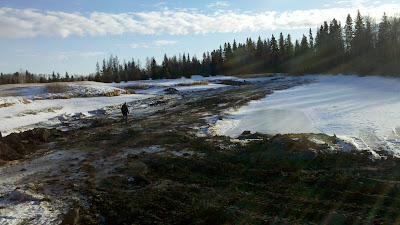It seems the heat we've experienced over the last few days combined with the wet weather we received earlier in the month made a perfect recipe for mosquitoes. Please remember that bug spray will damage any grass that it is sprayed on. Wherever possible, please spray yourself on the cart path to avoid any unsightly damage. If you cannot locate a nearby cart path and must spray, please make your way into the longer rough areas to avoid damaging playable areas of the golf course.We are also topdressing, brushing, cutting and rolling greens this week in order to provide a consistent playing surface for next week. To maintain a consistent surface we monitor green speeds and roll on a daily basis and change our maintenance practices to reflect the information we collect. In a regular week we generally double cut greens Monday and Friday and roll greens Tuesday, Wednesday, Thursday and Saturday. All of these processes are subject to change depending on weather; irrigation; equipment; fertilization; spray applications; and amount of play just to list a few.
Questions concerning any of the information here can be directed to the EPGCC Maintenance Department through our Twitter account, our Facebook page, or contact us directly at the shop.































